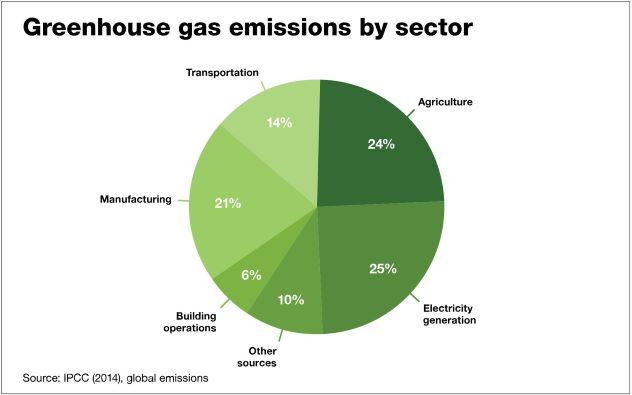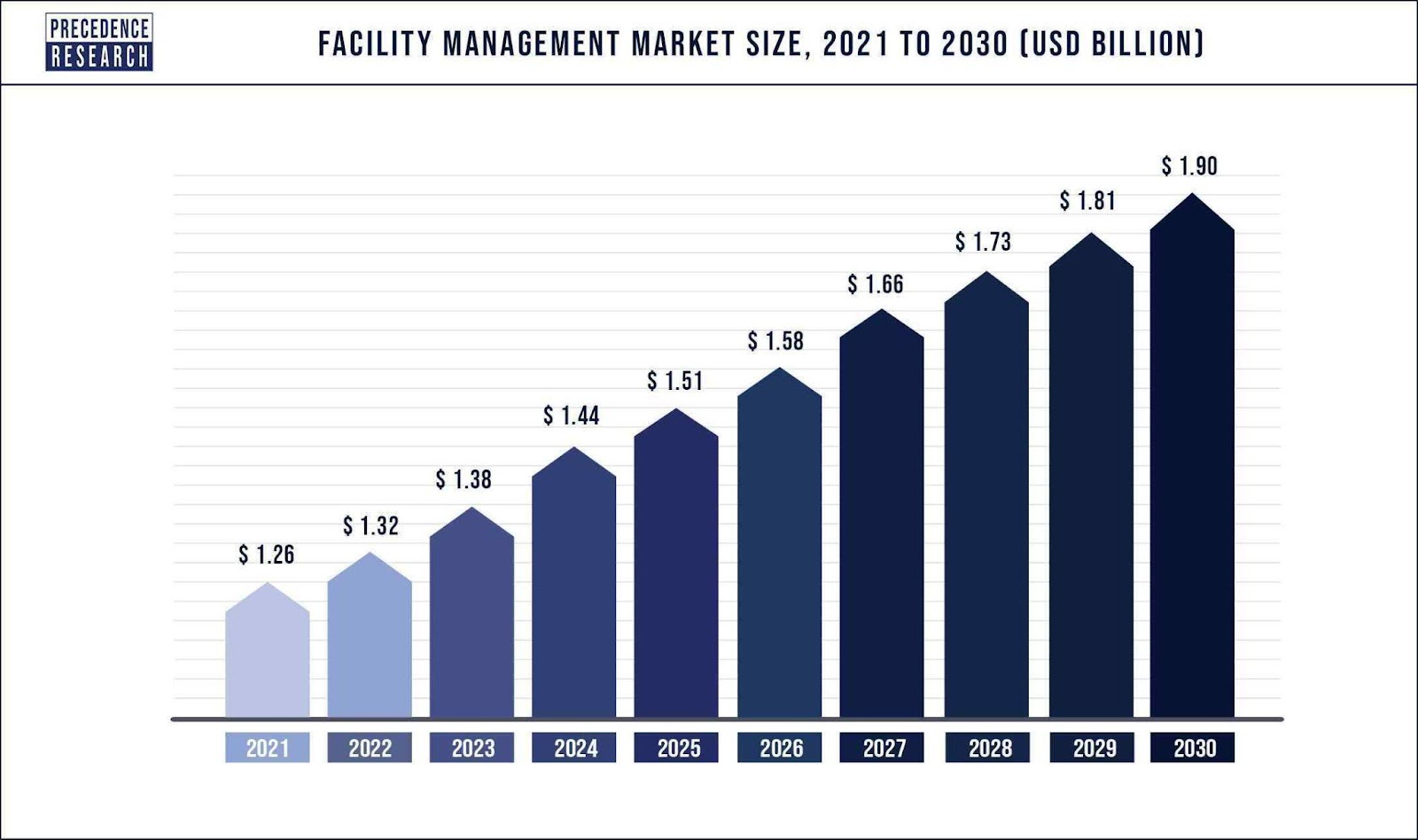As a physician or medical professional, you may be considering real estate syndications as an alternative investment to diversify your portfolio and hedge against economic uncertainty. However, it is crucial to understand the risks of real estate syndication before diving in. In this comprehensive blog post, we will explore various aspects of these investments and provide insights on how to mitigate potential pitfalls.
We will delve into the importance of trust between investors and sponsors, performing due diligence checks on deals and sponsors, mitigating market volatility risks through stable cash-flowing assets, reducing exposure through diversification and property selection criteria. Additionally, we will discuss navigating legislative constraints by partnering with experienced legal teams and ensuring adequate insurance coverage.
Lastly, we’ll examine the suitability and limitations of real estate syndications for passive investors like yourself – addressing concerns such as illiquidity issues, high minimum investment requirements, and limited control over property management decisions. By understanding the risks of real estate syndication thoroughly beforehand, you can make informed decisions that align with your long-term investment goals.
Table of Contents:
- How Real Estate Syndication Works
- Pooling Resources for Larger Investments
- Partnering with Experienced Syndicators
- Why Real Estate Syndications are Safer than Direct Ownership
- Expertise of Seasoned Operators
- Mitigating Market Volatility Risks
- Real Estate Syndication: Pros and Cons
- Diversification Benefits
- Illiquidity Concerns
- High Minimum Investment Requirements
- Navigating Transparency and Communication Risks
- Open Conversations with Sponsors
- Reviewing PPMs for Informed Decision-Making
- Assessing Market Fluctuations Risk
- Diverse Employment Opportunities
- High Median Household Incomes
- Low Crime Rates
- Proper Debt Financing Strategies for Real Estate Syndications
- Legal Risks in Real Estate Syndications
- FAQs in Relation to Risks of Real Estate Syndication
- What are the risks of syndicated real estate?
- What is the risk of syndication?
- Can you lose money with real estate syndication?
- Conclusion
How Real Estate Syndication Works
Real estate syndication is a popular investment option that allows passive investors to pool their resources and invest in larger, more lucrative properties like multifamily units.
Pooling Resources for Larger Investments
Multiple passive investors come together to raise capital needed for acquiring high-quality real estate assets, enabling them to participate in deals that would otherwise be inaccessible due to high costs.
Partnering with Experienced Syndicators
Working alongside seasoned professionals within the industry maximizes returns while mitigating risks involved in the process.
- Diversification: Participating in multiple projects spreads financial exposure across various types of properties and geographic locations.
- Economies of Scale: Investing alongside other passive investor partners provides increased buying power and cost savings related to property management fees or maintenance expenses.
- Professional Management: Syndicators have a team of experienced professionals who handle all aspects of property management, allowing passive investors to enjoy the benefits of real estate investment without dealing with day-to-day responsibilities.
Real estate syndications offer passive investors the opportunity to invest in real estate deals without the hassle of property management or the risks involved in direct ownership.
Despite the potential issues, like changes in market conditions, rent control and Section 8 housing impacting returns on investment, real estate syndications remain a popular option for investors aiming to diversify their portfolio and generate passive income from rental properties.
Despite these risks, real estate syndications remain a popular choice for those looking to diversify their investment portfolio and generate passive income through rental properties.
For more information on real estate syndications and the risks involved, check out these credible sources:
- Investopedia
- Forbes
- Bigger Pockets
Why Real Estate Syndications are Safer than Direct Ownership
Real estate syndications are a safer investment option than direct ownership because they allow passive investors to minimize risks by relying on the expertise of seasoned operators.
Expertise of Seasoned Operators
Partnering with experienced sponsors who have a proven track record in acquiring and managing properties reduces the likelihood of costly mistakes often made by inexperienced property owners.
Mitigating Market Volatility Risks
- Diversification: Investing in multiple properties across different markets provides diversification benefits that help protect against economic downturns or localized issues affecting one specific area.
- Cash Flow Stability: Real estate generates consistent rental income from tenants, offering more predictable returns even during uncertain times.
- Hedge Against Inflation: As inflation rises, so do rents – making real estate an effective hedge against rising prices over time.
Real estate syndications offer strategies that can help investors navigate economic uncertainty while still achieving their investment goals.
Real Estate Syndication: Pros and Cons
Real estate syndication can provide a good opportunity for passive investors to expand their investment portfolio, yet there are some difficulties associated with it.
Diversification Benefits
Spreading your investment across multiple properties can reduce the impact of any single underperforming asset on your overall portfolio.
Illiquidity Concerns
Real estate syndications tend to be less liquid than stocks or bonds, but this can be mitigated by focusing on deals with shorter hold periods or partnering with sponsors who offer secondary market options for selling your shares.
High Minimum Investment Requirements
- Raised capital: Many real estate syndications require a significant initial investment, which could deter some potential passive investors from participating.
- Potential pitfalls: Thoroughly vet each opportunity before committing any funds, even if it means passing on a deal with a high minimum investment.
Before investing in real estate syndications, consider your investment goals, market conditions, and potential risks involved, such as rent control, rental rates, and section 8 housing.
Navigating Transparency and Communication Risks
Real estate syndications can be risky due to lack of transparency or poor communication from sponsors, so it’s crucial to engage in open conversations and review Private Placement Memorandums (PPMs) before investing.
Open Conversations with Sponsors
Ask questions about the sponsor’s experience, track record, and the specific details of the deal to establish a strong relationship and avoid potential pitfalls.
Reviewing PPMs for Informed Decision-Making
- Analyze financial projections: Look for conservative estimates and review rental income forecasts and property management expenses.
- Evaluate market conditions: Assess factors such as rent control policies, local employment rates, or Section 8 housing regulations that may impact future rental rates.
- Determine investment goals alignment: Ensure that each sponsor’s strategy aligns with your personal financial objectives by comparing how raised capital will be allocated across various deals.
By taking these steps, you can mitigate transparency issues and establish proper communication channels throughout your real estate syndication journey.
Assessing Market Fluctuations Risk
Investing in realty may involve hazard, yet there are ways to reduce exposure to market swings.
Diverse Employment Opportunities
Target properties in regions with a variety of industries and job sectors to maintain rental demand.
High Median Household Incomes
Properties in areas with high median household incomes attract tenants who can afford higher rental rates and are less likely to default on rent payments.
Low Crime Rates
- A safer neighborhood attracts more potential renters and increases property value over time.
- Tenants are more inclined towards long-term leases in low-crime areas as they feel secure living there.
- Property management costs may be lower due to reduced vandalism or theft-related expenses.
Assessing market fluctuation risks is crucial when passively investing in real estate syndications. By focusing on properties located in areas with diverse employment opportunities, high median household incomes, and low crime rates, investors can better protect their investments from potential pitfalls. Real estate syndications can be a great way to invest in real estate without the hassle of property management, but it’s important to understand the risks involved and set clear investment goals
Proper Debt Financing Strategies for Real Estate Syndications
Using debt financing through floating-rate loans can accelerate returns on equity without jeopardizing financial stability.
Investors should ensure their chosen syndicator has a proven track record of implementing value-add strategies and adhering to conservative loan-to-value ratios (LTV).
Floating-rate loans provide flexibility in managing debt payments while maximizing potential returns.
Conservative LTV ratios reduce risks involved in case market conditions change unfavorably.
Investors should look for multifamily syndications where the sponsor maintains an LTV within the range of 60-70%.
Partner with sponsors who prioritize transparency and communication throughout all stages of your investment journey.
Stay informed about any changes or updates related to your passive investor status, property management, or rent control policies affecting your rental income stream. Debt financing can be a valuable tool for real estate investors, but it’s important to understand the potential pitfalls and risks involved.
Short-term rentals, rent control policies, and Section 8 housing can all impact rental rates and potential returns.
Investors should have clear investment goals and understand the potential risks before passively investing in real estate syndications.
By partnering with experienced sponsors and carefully evaluating debt financing strategies, investors can raise capital and achieve their investment goals.
Legal Risks in Real Estate Syndications
Legislative constraints may pose risks in real estate syndications, making it crucial for investors to partner with sponsors who have experienced legal teams on staff and appropriate insurance coverage.
A strong legal team is essential when investing in real estate syndications.
Partnering with a sponsor that has an experienced legal team ensures they understand the complexities of these transactions, minimizing your exposure to potential pitfalls.
It’s vital that your chosen sponsor carries adequate insurance coverage to protect against unforeseen events such as property damage or lawsuits from tenants.
Make sure you inquire about their insurance coverage, so you’re confident they have sufficient safeguards in place.
Passive investors should educate themselves on relevant regulations governing real estate investments to better understand how these factors could impact their investment goals.
By staying informed and working with experienced professionals, you can mitigate the legal risks involved in real estate syndications and confidently pursue this lucrative investment strategy.
Real Estate Investing For Physicians
FAQs in Relation to Risks of Real Estate Syndication
What are the risks of syndicated real estate?
Investing in syndicated real estate can be risky due to illiquidity, limited control over property management decisions, reliance on sponsor’s expertise, and market volatility. It’s important to perform due diligence checks on sponsors and deals, diversify investments, and ensure value-add strategies with conservative loan-to-value ratios to mitigate these risks. source
What is the risk of syndication?
Syndication risk refers to potential losses in a pooled investment vehicle like real estate syndications, which can arise from poor property selection or management by the sponsor, economic downturns, or legislative changes impacting operations or financing options. source
Can you lose money with real estate syndication?
Yes, investors can lose money in real estate syndications if properties underperform due to market conditions or mismanagement by sponsors. To minimize this risk, it’s crucial for investors to conduct thorough research on both the deal and the track record of its sponsoring team before committing capital. source
What are 4 major real estate risk concerns?
- Economic Risk: Market fluctuations affecting demand for rentals and property values.
- Sponsor Risk: Incompetence or fraud by managing partners responsible for project execution.
- Leverage Risk: Overuse of debt financing leading to increased vulnerability during downturns.
- Liquidity Risk: Inability to quickly sell an asset without substantial loss in value.
Conclusion
Real estate syndication risks can be reduced through proper due diligence, diversification, and careful selection of sponsors and investment properties.
While some investors may worry about relinquishing control over investments, building trust with sponsors and ensuring transparency can help ease these concerns.
It’s important to consider market volatility risks and the suitability of real estate syndication as an illiquid investment option, but stable cash-flowing assets and responsible use of debt financing can provide long-term benefits.
Partnering with experienced legal teams and maintaining adequate insurance coverage can help investors navigate legislative constraints that may arise.












